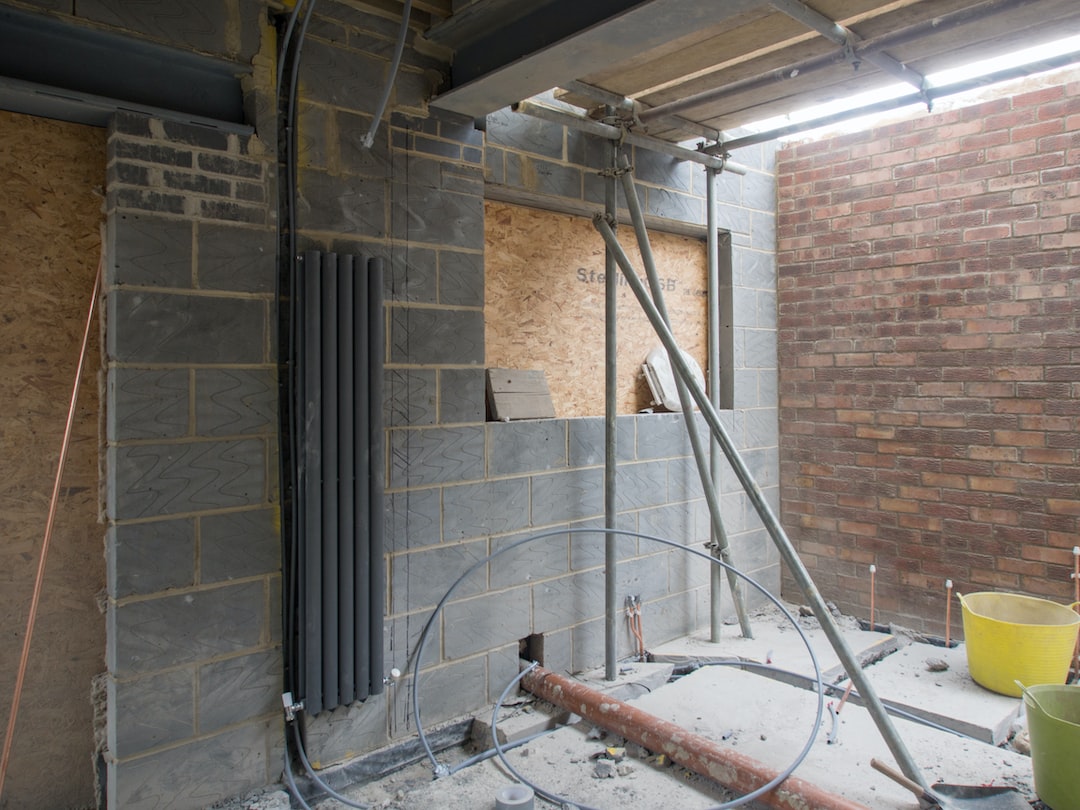Technical editing plays a crucial role in the success of technical writing. The process involves reviewing written materials to ensure that they are accurate, clear, concise, and effective. Technical editors are responsible for making sure that technical documents meet the requirements and expectations of their audiences. If you’re looking to improve as a technical editor or to become one, here are some tips and techniques for success.
Understand the Audience
Knowing your audience is the first step towards successful editing. Technical documents are not always addressed to the same group of people. For instance, an instruction manual for a kitchen appliance may be targeted at users with less technical knowledge, while a software guide may be intended for advanced users or programmers. Take time to understand your audience and tailor your editing to meet their needs.
Be Aware of Terminology
Accuracy is crucial in technical writing, often involving the use of specialized terms and jargon. As an editor, you must have a thorough understanding of the terminology used and ensure its correct implementation. Publishers often have style guides that lay out the rules for the use of vocabulary, including the spelling, capitalization, and punctuation of words. Closely adhere to these conventions and look up any words or phrases that you’re unfamiliar with.
Check for Accuracy and Clarity
Technical editors must ensure that written materials are clear and accurate, without ambiguities or vagueness. Read the text over and over again, trying to identify any confusing areas. Check for spelling and grammar errors, and make sure that ideas are conveyed logically and that sentences are concise. It is also essential to consider the overall organization of the document and the relationships between the different sections.
Edit for Format and Design
An essential element of technical writing is the formatting and design of the document itself. A technical editor must be familiar with different formatting requirements, document templates, and software used, such as Adobe InDesign, LaTeX or Markdown. Ensure that the font size and style are consistent throughout the document, and that headings and subheadings are appropriately used to create a coherent structure. Also, check that tables and diagrams match the text and convey information in a clear and concise manner.
Collaborate With Writers
Another important area of becoming a successful technical editor is learning to collaborate effectively with writers. Technical documents often involve different writers and teams, which means that you need to communicate with multiple people to produce complete and accurate documents. Establish a relationship with the writers you work with, including writers’ feedback, offer suggestions, and provide clear and constructive criticism.
In conclusion, technical editing is not an exact science, but it involves a combination of skills and techniques honed over time. As an editor, you must be diligent, detail-oriented, and be able to analyze and understand technical materials. Above all, remember the fundamental role of technical writing is to convey complex technical information in a clear and understandable manner. By keeping this in mind, technical editors can create documents that meet the needs of their audience, leading to greater success for all involved.

